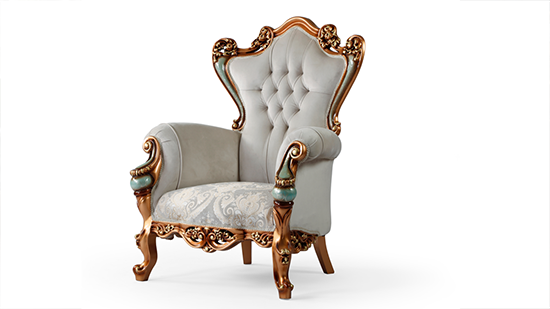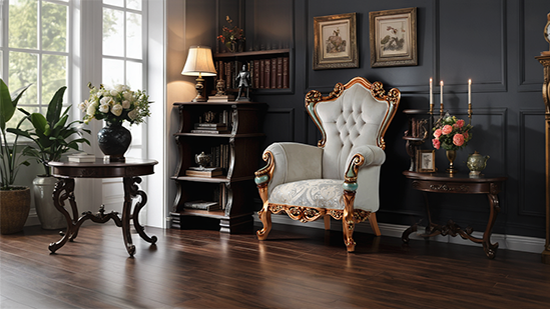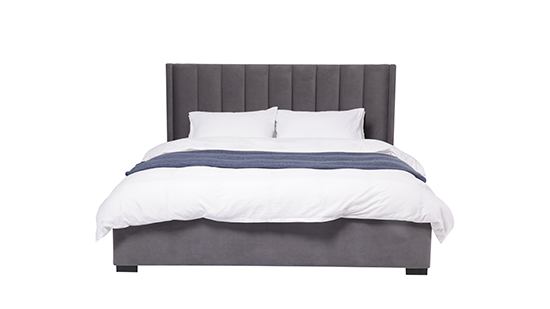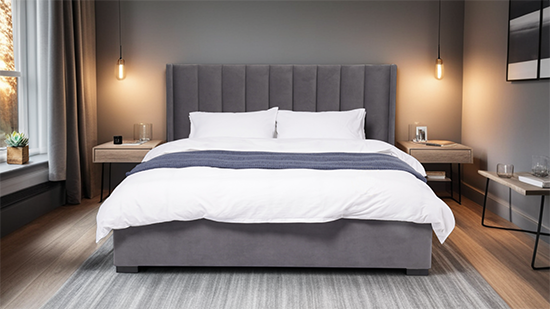If you sell furniture online, you already know how much the images matter. People don’t get to sit on the sofa or feel the wood finish—what they see on the screen does all the convincing. But not all product photos have the same impact. Showing a chair on a white background just doesn’t compete with the same chair on a styled living room scene.
That’s where AI-generated visuals come in. With tools like FurnitureMagick, it’s now possible to turn basic product images into full lifestyle photos—without doing a physical, expensive on location photoshoot.


But here’s the catch: not all AI tools deliver the same quality. The differences between image generators are big. Some create warped rooms, weird lighting, or flat, unrealistic spaces. FurnitureMagick uses a top-tier AI-engine that produces the best room visuals on the market right now — three dimensional, sharp and full of the small details that make a space feel real.
What the Process Looks Like
It starts simple: you send in a product image—say, a chair or table—and tell us what kind of environment you want it placed in. Scandinavian living room? Modern minimalist bedroom? Rustic kitchen? You can describe it in your own words, send a mood board, or give a few example photos.
From there, Maskmill runs the AI. You’ll get a few draft images to review. If something feels off — maybe the background is too dark or the angle isn’t quite right—we can tweak the prompt and generate new options. That’s how AI works right now: you don’t edit the image itself, but instead re-run the generation with new instructions.
One thing to keep in mind: even the best AI can get small things wrong. A drawer handle might look odd, or a table leg might blur into the background. That’s why every final image goes through a check. If needed, Maskmill’s editors step in with Photoshop to fix those issues manually.
Why Contextual Images Perform Better
When customers see a product in a realistic room environment they get a better sense of how it fits into their own space. According to a 2023 CXL Institute study, contextual images led to a 27% increase in conversions compared to plain background photos.
People want to picture how a sofa will look in a cozy living room or how a dining set fits into a light-filled kitchen. Context builds confidence—and confidence drives sales!


Final Thoughts
FurnitureMagick isn’t about replacing real photography — it’s about filling the gap when fast, high-quality visuals are needed. With the right AI tools and human touch where it matters, you can turn plain images into polished marketing content that performs better online.
See more at www.maskmill.com/furnituremagick.
